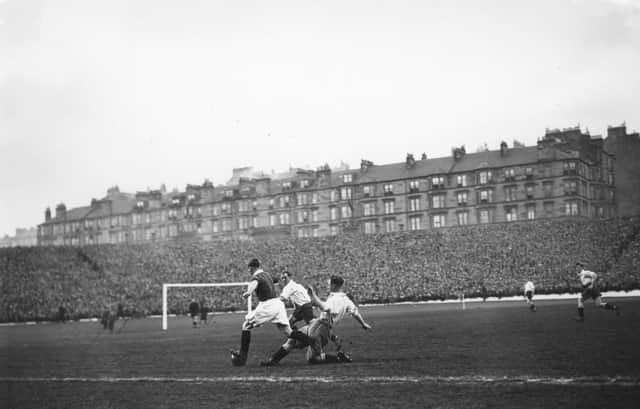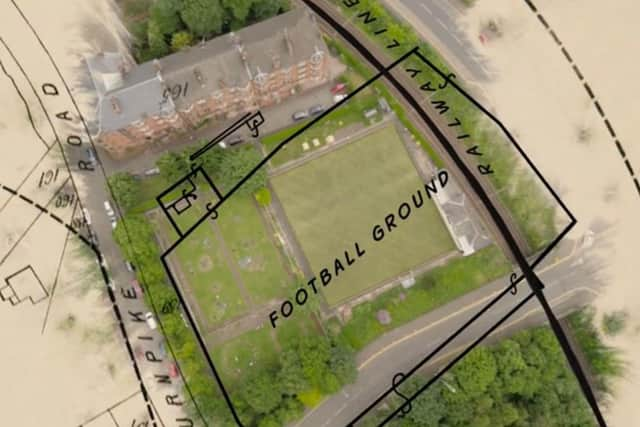Forgotten football: The site of Scotland's ‘first Hampden’ is discovered


Hampden Park is one of the most sacred sites in Scotland' s football landscape, home to the national team and the famous "Hampden roar".
The ground where Steve Clarke's men hope to qualify for the next World Cup this month is the third Hampden, as two smaller versions nearby were built and outgrown in the late 19th century.
Advertisement
Hide AdAdvertisement
Hide AdThe original Hampden Park was the first purpose-built football stadium in the world, constructed by Queen's Park FC in 1873.


A team of archaeologists proved recently that the ground was beneath the current Hampden Bowling Club and the exact location and boundaries of the hallowed turf are marked out in Scotland From the Sky.
Presenter James Crawford said: "Queen's Park's records show that in 1883 the club moved to a new stadium but they don't say what became of the old one, and as the city changed the site of this park – one of the birthplaces of world football – was lost.
"The first Hampden missed the first Ordnance Survey map – it was built too late – and it was gone by the time the second one was made, so if you don't map something you don't know exactly where it is.
"One strong clue did exist as Hampden Bowling Club was said to have been named after the stadium and over the years a legend had grown up that it was built on the exact spot where the stadium had once stood." Graeme Brown, of Hampden Bowling Club, tells the show how he discovered an old Cathcart District Railway map showing the proposed railway line bisecting a rectangle of land marked "Football Ground".
He said: "The legend had been passed through generations of the bowling club that this was on the first Hampden Park and the pavilion is over in the corner of the rose garden.
"This is the map that changed Hampden Bowling Club legend into fact. One of our committee members with me was nearly in tears because there had been so much telling of this story and literally only about 50 people believed them." Archaeologists, using the map as a guide, recently found traces of the stadium.
Dr Paul Murtagh, lead archaeologist on the project, said: "We did some geophysics over the rose garden and the bowling green and the geophysics guys got some great results and put us down into some really interesting archaeology. It aligns up effectively with the outer part of the stadium.
Advertisement
Hide AdAdvertisement
Hide Ad"This is the first enclosed international football ground in the world so the feeling you get when you go to a football ground – the sense of place, the smells and the sounds, the singing and the thrill of the goals – started here.
"Every single football stadium that's ever been built since based their architecture on this stadium.”
Scotland from the Sky, BBC One Scotland, 9pm
Comments
Want to join the conversation? Please or to comment on this article.